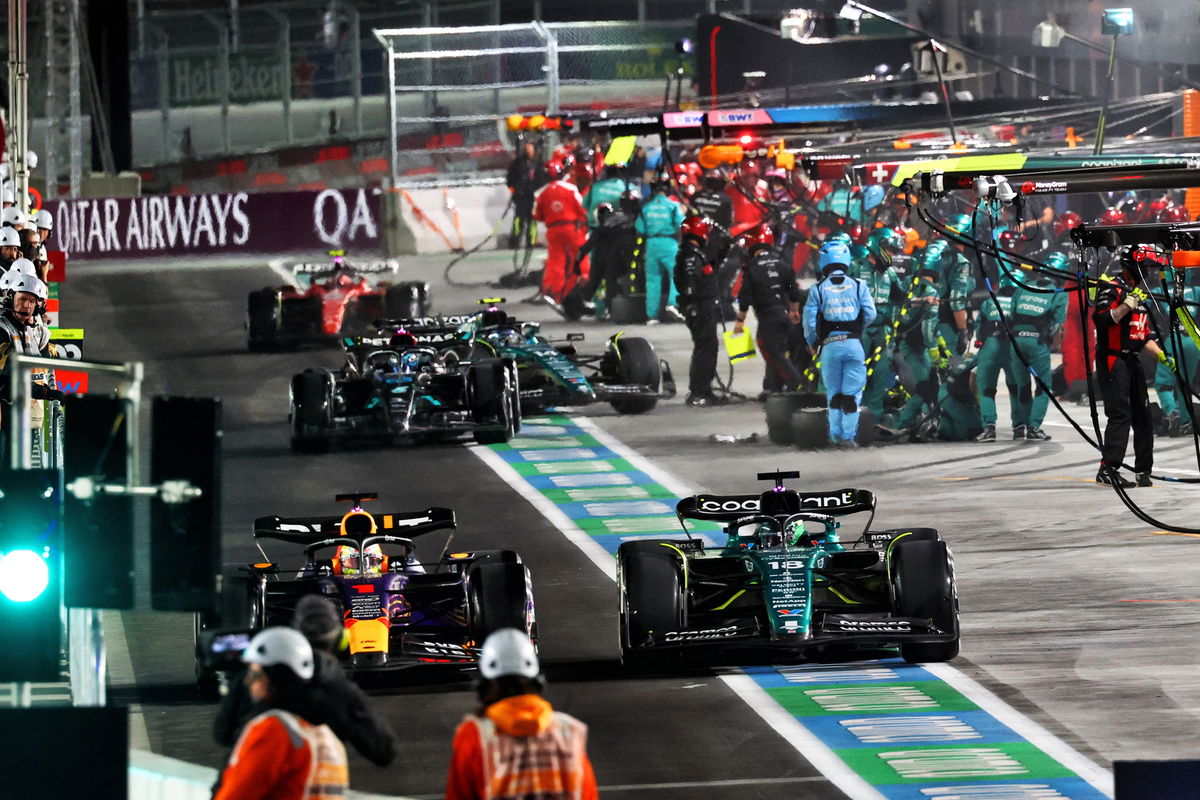

Ongoing development in F1 forces both drivers and strategists to adapt their approach to maximise the upgrade’s full potential.
With the sport as competitive as it has ever been – excusing the steamroller that was Max Verstappen and Red Bull in 2023 – a small gain can translate into a large advantage.
During the course of the year just gone, a host of teams made and lost ground.
McLaren is arguably the best example. After starting the year with only the ninth-fastest car, it ended it as a serious threat to Red Bull.
To capitalise on that improved pace required not only Oscar Piastri and Lando Norris to extract everything from the car’s continually evolving potential but also for the team to play its part.
That, according to Bernie Collins, who worked as a strategist for Aston Martin before stepping into a broadcasting and punditry role in 2023, necessitates a somewhat daunting change in mindset.
“It can be very basic things change,” explained Collins on the KTM Summer Grill.
“For example, the first half of the year, you’ll have gone into qualifying probably a bit conservative on how you’re reacting.
“So, do you need a second run in Q1 to go through to Q2? All of these things you’ll have built up 10, 11 races of ‘oh we need to run again, you need to be concerned.’
“And you get into that way of thinking of a lower field team where, will you need any extra runs, are you trying to give the driver the most effort, and it’s difficult to make that switch quickly into, suddenly now we’re quick enough that we’re on tyre in Q1, saving our other tyres for Q2 and Q3, or maybe even burning tyres earlier in the weekend so you’ve got more race tyres.
“It’s that switch that’s often hard to make, particularly in the early races, because your confidence of how the package will perform at all circuits isn’t there yet.”
On top of that is car behaviour over a stint; how well does it look after its tyres, where are its relative strengths and weaknesses, and has stint length been impacted such that it can materially affect strategy mid-race.
Therefore, understanding the gains being made with the car is crucial, as is understanding a driver’s comfort level in deciding how aggressive to be.
“That’s the thing I always found the hardest was changing the attitude on the pit wall to how aggressive you’re going to be on pit stops, how easy it’s going to be to overtake, what your start tyre should be,” Collins explained.
“It’s getting the whole wall set on this new method of working and really having confidence in ‘oh, we don’t need to do that second run, or we can overtake that car on track, or even their pitstops – having the aggression to race someone down the pit lane and know that your pit stop’s going to be quicker than them at the end.
“So it’s just that mindset of being a conservative team and trying to get the points versus being aggressive in the way like, let’s say Red Bull – they seem to have managed that pretty well from a strategy side.
“It changes things, like your tyre wear, like the compounds you can use at the start of the year – I think they were really struggling on tnhe soft compounds, suddenly by the end of the year… so you end up redoing a lot of your tyre model and trying to ignore data from the earlier car which, again, in the early races of an upgrade means that you’ve got a very limited amount of data to work with.”






















Discussion about this post